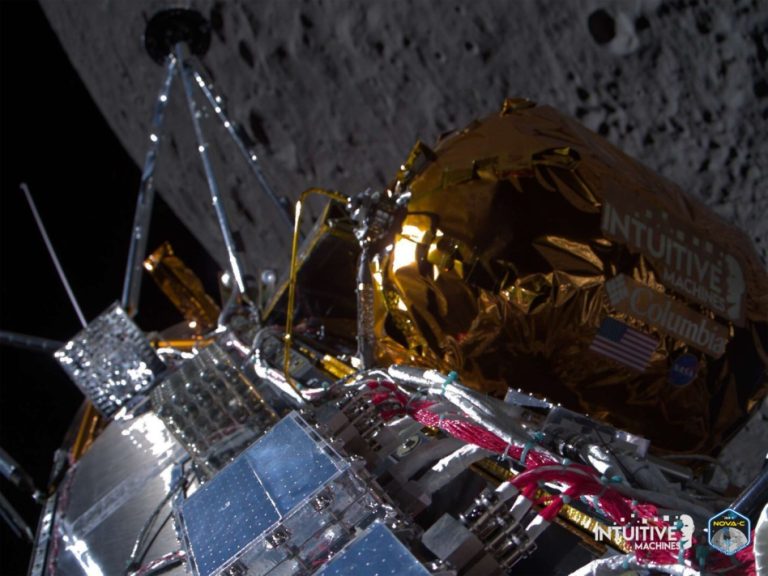
Europe assembles Hera spacecraft to eye aftermath of DART asteroid crash (video, photos) (Image Credit: Space.com)
The European Space Agency’s (ESA) Hera spacecraft is now assembled ahead of its journey to analyze the asteroid smashed by NASA’s DART mission.
NASA’s Double Asteroid Redirection Test (DART) impacted Dimorphos, the smaller companion of the asteroid Didymos, in September 2022, creating debris and, crucially, altering the space rock’s orbit.
ESA is now preparing its contribution to the DART international planetary defense experiment, Hera, which will follow up on the aftermath. The two modules of the Hera spacecraft were recently mated at the facilities of the technology company OHB in Bremen, Germany, in a three-hour process.
Related: DART’s epic asteroid crash: What NASA has learned

“Previously we had these two modules; now you can say the spacecraft has been born,” Paolo Martino, Hera system engineer, said in a statement.
“Next we will be adding some payload units to the spacecraft’s top deck, which we are receiving directly from the manufacturers once Hera moves to its next stop,” Martino said.
Hera will be transported to ESA’s ESTEC Test Centre in the Netherlands. There it will undergo an environmental test campaign as part of flight-readiness checks.
The spacecraft is set to launch from Cape Canaveral in October 2024 atop a SpaceX Falcon 9 rocket. Hera will reach Dimorphos in late 2026, four years after DART slammed into the asteroid moonlet.
Hera was intended to witness and assess the DART impact in real time but was hit by delays. The LICIACube cubesat stepped in on short notice to provide initial post-impact observations instead.

Hera will use a lidar (“light detection and ranging”) sensor, an optical camera and a composition-revealing thermal camera to survey the asteroid system. A pair of cubesats, named Juventas and Milani, will join Hera. The former will carry a tiny radar payload to provide a glimpse inside Dimorphos, while Milani will make near-infrared observations of the two rocks’ surfaces.
While Hera has finally come together, space-based observations have shown the degree to which Dimorphos came apart after NASA’s high-velocity intervention. Observations by the Hubble Space Telescope, for example, reveal that the kinetic impact unleashed a chaotic cloud of boulders.








